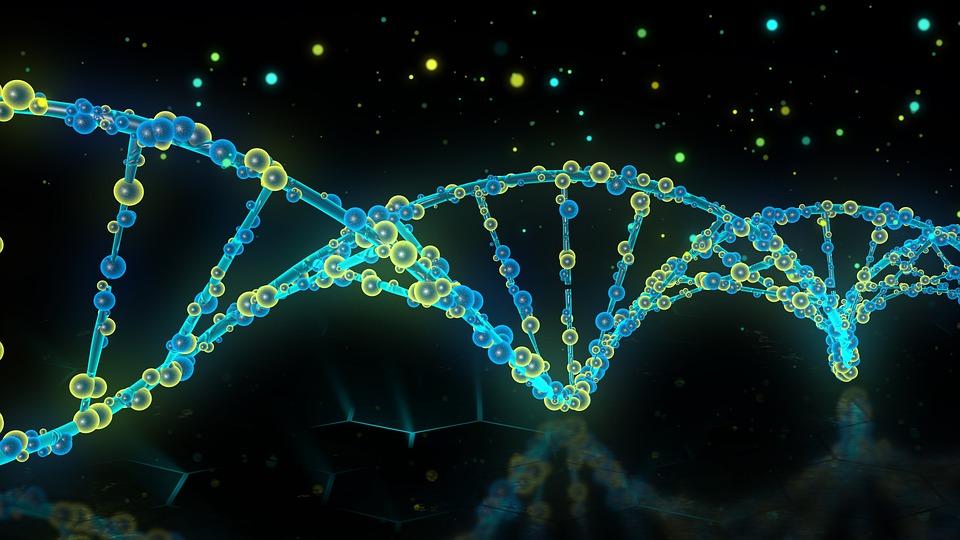
Malaria: Evolution and Sexual Reproduction
by Nathan Stumpf
This lesson involves three scenarios where you calculate the frequencies of the dominant and recessive alleles. You will compare these frequencies for the 3 scenarios and discuss how they changed. Scenario 1 represents where every child survives. Scenario 2 represents students that are homozygous recessive have sickle-cell disease and die. Scenario 3 represents the homozygous recessive kids still die and homozygous dominant individuals have a 50/50 shot of contracting malaria and dying. Students will also be using math calculations with their data.
Lesson Grade Level
10th GradeLesson Plan Link/URL
https://docs.google.com/presentation/d/1T3zdI5g03KIz_xo0EOsxUQL_ldLXLyqe/edit?u…
Featured
Off
Related Content

Grades:
9th Grade, 10th Grade, 11th Grade, 12th Grade
This is a high school level project that covers food webs, nutrition cycling, and human intervention in ecosystems. This gives students a hands-on, real-world look at a water system in their backyard.

Grades:
9th Grade, 10th Grade, 11th Grade, 12th Grade
This lesson is designed to introduce the concept of composting and its importance for sustainability and waste reduction. This lesson takes place in a classroom and school garden for two or more weeks

Grades:
9th Grade, 10th Grade
In this hands-on lesson, students will obtain, evaluate and communicate data to explain the relationship between cellular respiration and the body systems used in exercise.